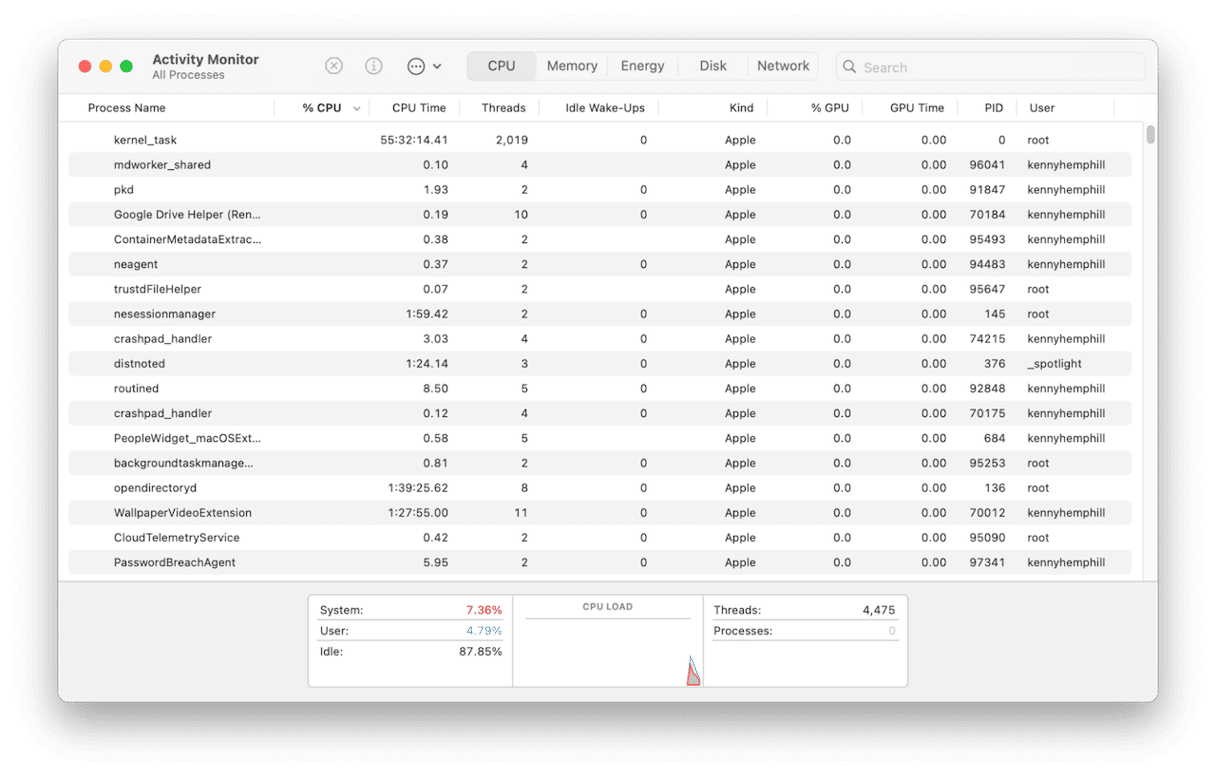It’s rare that applications crash or become unresponsive on Mac, but it does still happen. Usually, when it does happen, you’ll see an error message that’s either cryptic in its explanation or states what is by then very obvious. One error message that falls into the latter category is when an app — say, Zoom — crashes and says, ‘The application zoom.us is not open anymore.’ That doesn’t tell you anything you don’t already know and doesn’t help solve the problem. So, in this article, we’ll show you what to do if you see that error message when you’re using Zoom or any other application.
What does the error message mean?
You won’t be surprised to learn that the message means exactly what it says: the application you were using — in this case, Zoom — has quit. It’s similar to the ‘xxxxx has quit unexpectedly’ message, which is equally unhelpful. The reason the application has quit could be one of a huge number of possibilities, so trying to identify the cause is probably not worth the time. The best approach is to work your way methodically through a series of common fixes for issues on your Mac.
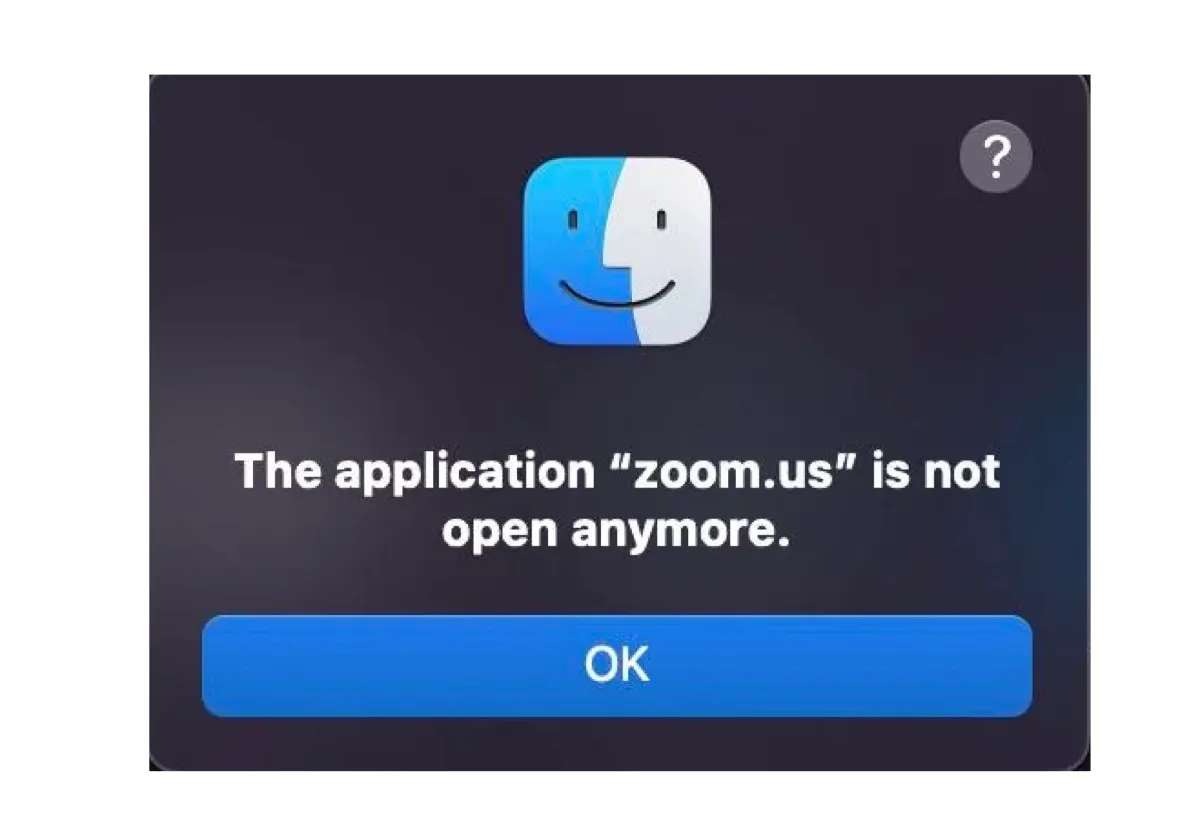
How to fix ‘The application zoom.us is not open anymore.’ error on Mac
1. Relaunch the app
It’s possible that the crash was a one-off and won’t happen again. If the app still appears to be open, for example, its name still appears in the menu bar or a dot is below its icon in the Dock, even though the error message says it’s not open anymore, you should force quit it.
To do that, press Command-Option-Escape, choose Zoom in the Force Quit window, and click Force Quit. You can also choose Force Quit in the Apple menu or right-click the app icon in the Dock and choose it there.
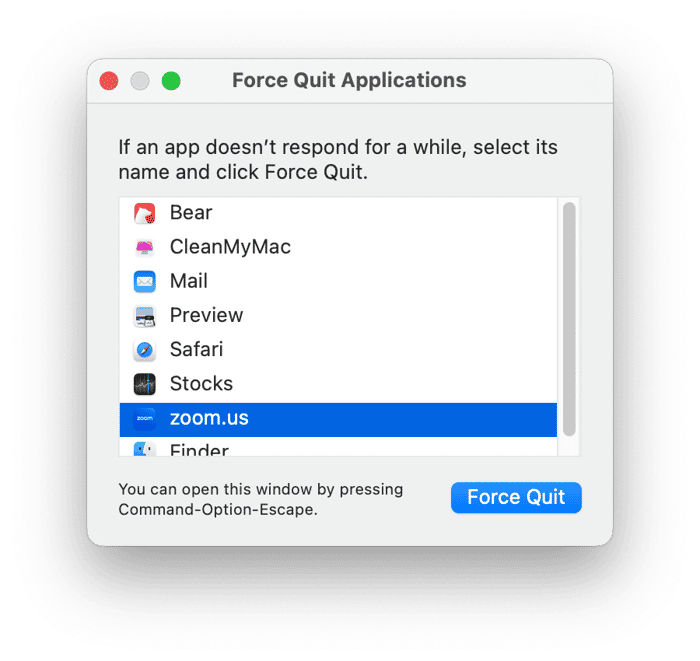
2. Restart your Mac
If it does happen again, restart your Mac. On Macs with Apple silicon, restarting resets the system management controller and NVRAM and fixes problems with the startup disk. So, go to the main Apple menu and choose Restart.
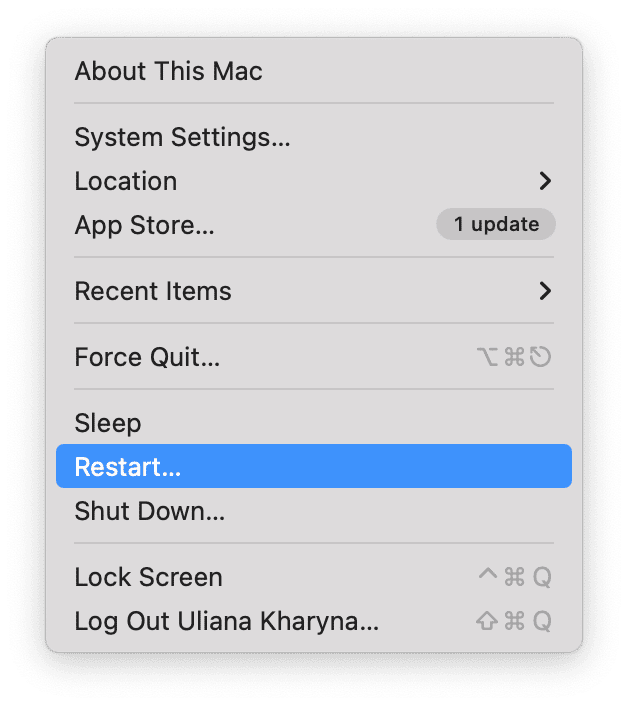
3. Update the app and macOS
If the error message still appears after you restart, the next step is to update the app and your Mac. If you downloaded the app from the App Store, go there to update it. If not, click Zoom Workspace in the menu bar and choose Check for Updates.
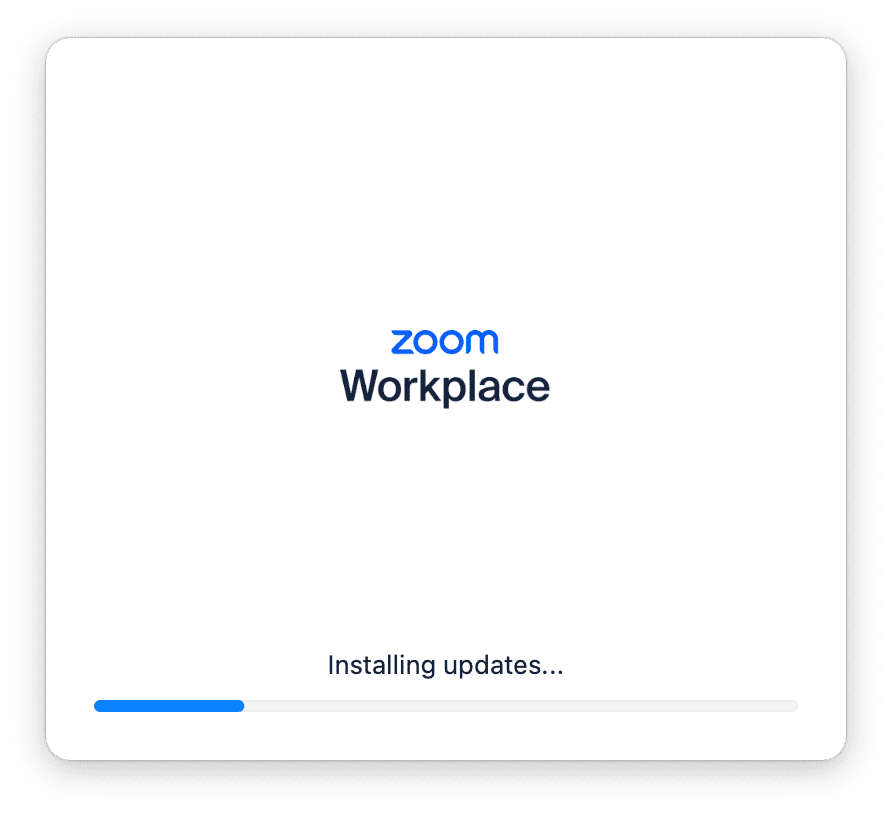
To update macOS, go to System Settings > General > Software Update and wait for it to check if there is an update available. If there is, follow the instructions on screen to install it.
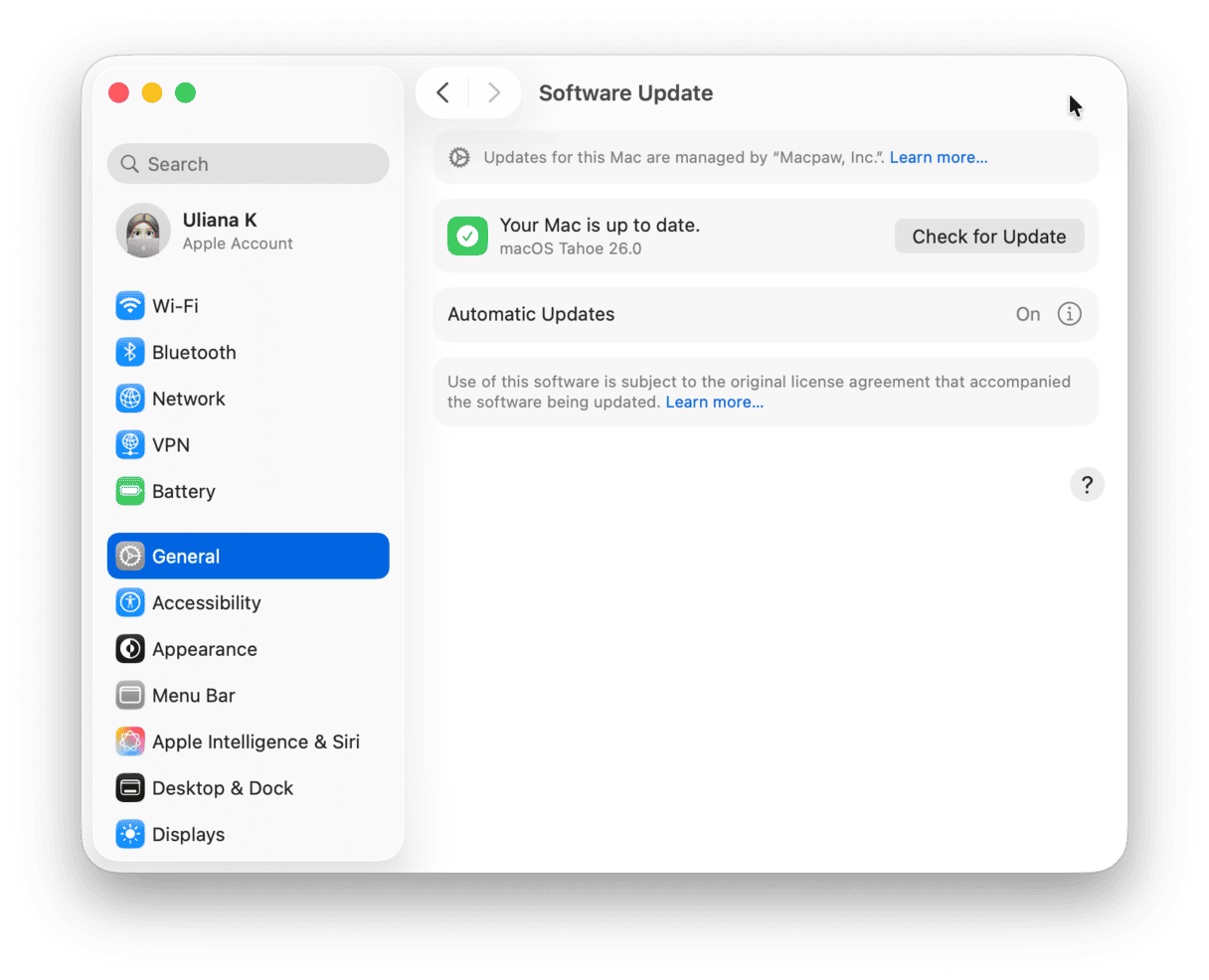
4. Uninstall and reinstall the app
If updating the app and macOS doesn’t fix the problem, the next step is to uninstall it then reinstall it from scratch. You need to uninstall it completely by removing all the files it has placed on your Mac — simply dragging the application binary to the Trash won’t work. To do that, of course, you need to know where all the files are, which means trawling through your user Library folder and your Mac’s system Library folder.
But you don’t need to do it manually; CleanMyMac can do it for you. It can uninstall any non-system app with just a couple of clicks. As a bonus, it can also update all your apps and remove files left over by other apps that weren’t uninstalled properly.
- Get your free CleanMyMac trial — you can test it for 7 days.
- Once you’ve installed it, open the app and choose Applications in the sidebar.
- Click Scan.
- When it’s finished, choose Manage My Applications.
- Select the app you want to uninstall in the right-hand pane and click Uninstall.
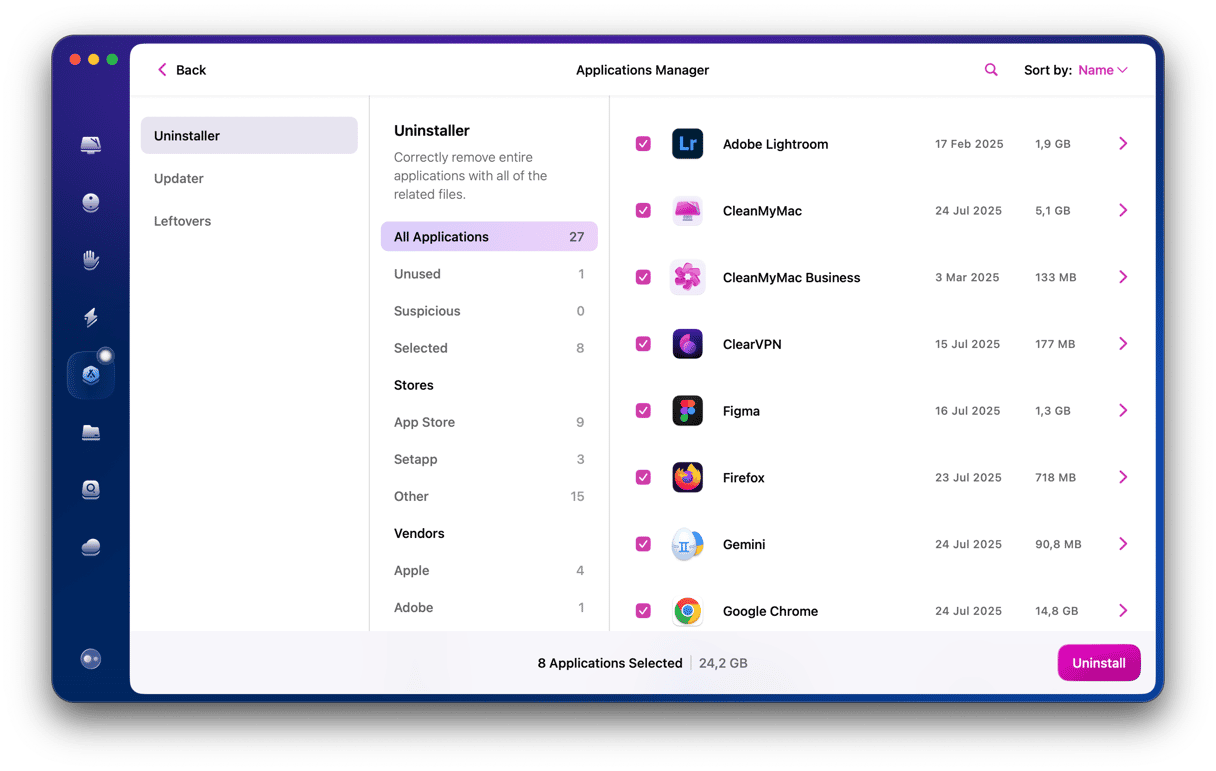
5. Restart in safe mode
Safe mode loads only the extensions your Mac needs to boot. So, if the problem is being caused by an extension, restarting in safe mode should allow you to use the app normally. If that’s the case, you should restart normally, go to System Settings > General > Login Items & Extensions, and turn off all items Open at Login. Then, turn them back on again, one at a time, restarting each time, until you find the culprit. You can find out how to restart your Mac in safe mode on Apple’s website here.
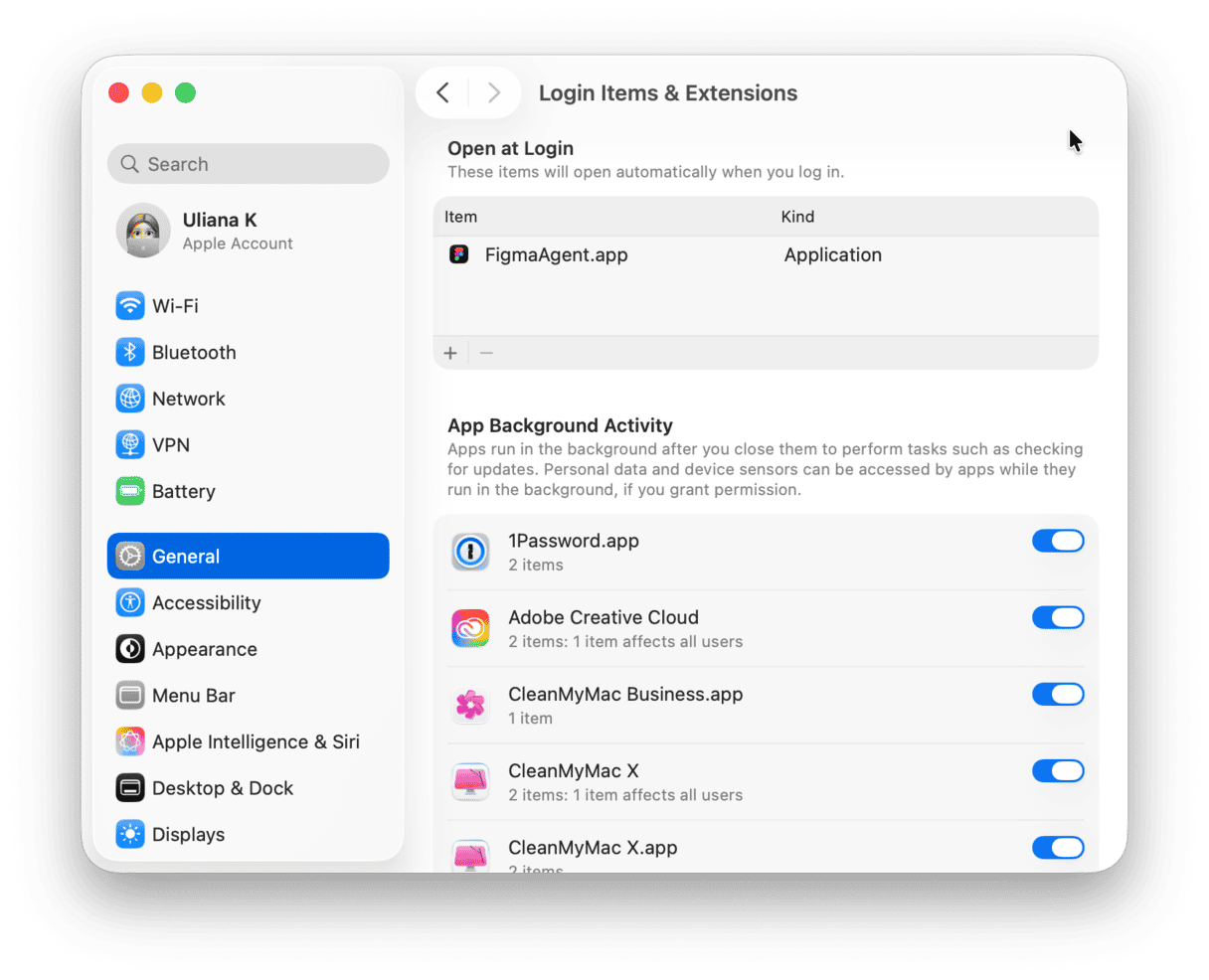
It’s rare for an application to completely crash on your Mac. But when it does, you might see ‘The application zoom.us is not open anymore.’ error. If that happens, there are a number of possible causes, from corrupt application files to a malware infection. Follow the steps above to fix the problem and get the application working properly again.



